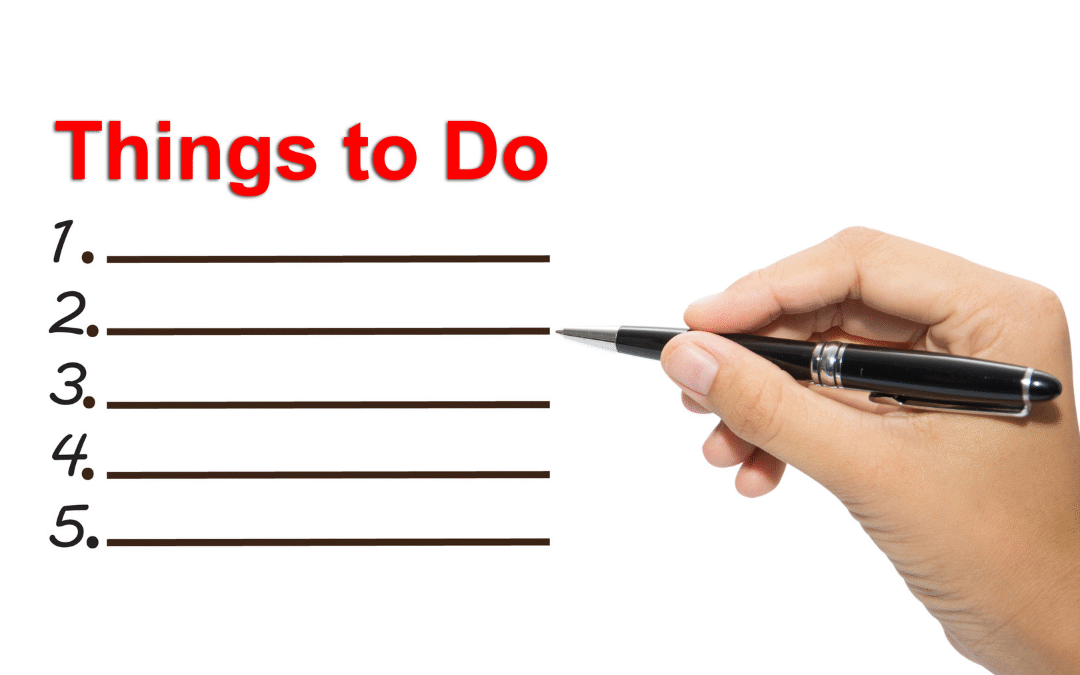Writing can often feel like a complex process, but understanding the seven important stages can simplify your journey and enhance your skills. By breaking down your writing into these stages, you can approach each task methodically, from brainstorming ideas to polishing your final draft. This structured approach not only fosters creativity but also ensures clarity in your message. Join us as we explore each of these stages in detail, helping you become a more effective and confident writer.
Stage 1: Prewriting
A great piece of writing doesn’t just happen; it starts with prewriting, a vital stage where you prepare your thoughts and ideas before crafting your piece. Here, you focus on what you want to say and how you’ll say it, setting the stage for a well-structured and engaging final product. This stage involves gathering your ideas, forming a plan, and laying the groundwork for your writing journey.
Brainstorming Ideas
With brainstorming, you unleash your creativity, generating a wealth of ideas without judgment. This process allows you to explore various topics, angles, and concepts related to your subject. You can jot down everything that comes to mind, whether through freewriting, mind mapping, or listing, creating an expansive pool of ideas to draw from as you move forward.
Organizing Thoughts
Below comes the crucial task of organizing your thoughts, which transforms your free-flowing ideas into a coherent structure. This step helps you identify key themes, arrange ideas logically, and create an outline that acts as a roadmap for your writing. By sorting your thoughts, you establish a clear progression, ensuring your message resonates effectively with your audience.
At this phase, take time to group related ideas and prioritize what’s most important to your piece. Look for connections between concepts and arrange them in a manner that guides your audience through your arguments or narrative. By outlining your main points and supporting details, you create a solid foundation to build your writing, allowing for a clear and engaging expression of your ideas.
Stage 2: Drafting
Now that you’ve gathered your thoughts, it’s time to move into the drafting stage. This is where your ideas start to take shape on the page. Don’t worry about being perfect; focus on getting your main points down and letting your creativity flow. You’ll refine and polish later, so give yourself the freedom to express your ideas wholeheartedly during this initial phase.
Writing the First Draft
Writing the first draft is where you turn your outline into a fuller version of your work. It’s your opportunity to explore ideas in-depth without the pressure of making everything perfect. Allow your voice and style to shine through as you brainstorm and elaborate on each concept.
Maintaining Flow and Structure
Between crafting sentences and paragraphs, you should keep the flow and structure of your draft in mind. A well-organized draft enhances readability and allows your ideas to connect seamlessly. This involves using transitions, varying your sentence length, and ensuring that each section logically follows the previous one.
It is vital to maintain a coherent flow and structure for reader engagement. By strategically organizing your content, you guide your audience through your arguments and insights effortlessly. This means using appropriate headings and subheadings while making sure that each paragraph serves a clear purpose connected to your main theme. Keeping your ideas organized helps maintain reader interest and strengthens the overall impact of your writing.
Stage 3: Revising
If you want your writing to resonate with readers, revising is the stage where transformation occurs. During this phase, you review your work with a critical eye, assessing the overall structure, content, and clarity. This process not only involves correcting grammar and spelling but also focuses on enhancing your arguments, refining your message, and ensuring your ideas flow logically. Embrace this opportunity to refine your drafts, leading you closer to a polished final piece.
Improving Content and Clarity
Against the backdrop of your initial draft, the revision stage invites you to enhance the substance of your writing. Evaluate each paragraph in your work, ensuring that arguments are well-supported and that your main ideas are clearly articulated. Look for areas where information can be clarified or expanded upon, eliminating ambiguity while strengthening your points. By sharpening your content, you elevate your writing, making it more compelling for your audience.
Enhancing Style and Voice
Revising also gives you the chance to refine your writing style and voice, creating a more engaging experience for your readers. Look for opportunities to introduce stronger verbs, varied sentence structures, and a tone that reflects your personality. This phase is your moment to turn your draft into a unique expression of your ideas, inviting readers to connect with you on a deeper level.
Style plays a significant role in how your message is received. As you enhance your voice, consider your audience and the emotions you wish to evoke. A consistent tone throughout your writing will help establish credibility and create a sense of familiarity. Don’t shy away from infusing your personality into your work; this not only sets your writing apart but also makes it memorable. Explore different writing elements, such as rhythm and pacing, to enrich your overall narrative and keep your readers engaged.
Stage 4: Editing
Not only does the editing stage refine your writing, but it also elevates the overall quality of your work. This is where your initial draft gets polished, ensuring clarity, coherence, and a strong sense of purpose. You will need to critically assess your content for flow and structure, making necessary adjustments to enhance readability and engagement. Embrace this opportunity to transform your draft into a compelling piece that resonates with your audience.
Checking Grammar and Punctuation
Any errors in grammar or punctuation can undermine your credibility. Carefully reviewing your text allows you to identify and correct these mistakes, ensuring that your message is conveyed clearly and professionally. By focusing on the technical aspects, you reinforce your authority as a writer and show respect for your readers.
Fact-Checking and Consistency
Before finalizing your text, you should verify all facts and ensure consistency throughout your writing. This includes cross-referencing data, quotes, and other vital information to ensure accuracy. Consistency encompasses not just factual details but also writing style, tone, and formatting, which helps create a cohesive reading experience.
Understanding that inconsistency can confuse your readers is imperative for maintaining their trust. By fact-checking, you confirm that your statements are accurate, which enhances your credibility. Additionally, consistent style and tone across your work ensure that readers can engage with your content without distraction. A unified approach not only improves clarity but also allows your unique voice to shine through effectively, making your writing more compelling.
Stage 5: Proofreading
All great writing deserves careful attention at the proofreading stage. This is where you meticulously comb through your draft to catch any errors or inconsistencies. By focusing on grammar, punctuation, and formatting, you enhance the overall quality of your work, ensuring it is polished and professional. Proofreading not only elevates the credibility of your writing but also enhances the reader’s experience.
Final Read-Through
About the final read-through, it’s necessary to conduct this process in a quiet environment to help you catch overlooked details. This is your opportunity to read the document out loud, allowing you to hear how the text flows and identify awkward phrasing or mistakes that may not be visible on the screen. Engage your senses to better comprehend the text and ensure clarity.
Polishing the Document
Polishing your document involves refining your content to excel in clarity and coherence. You should assess the overall structure and ensure your arguments or narratives connect seamlessly. Look for any repetitive phrases and replace them with varied expressions to keep your writing engaging. This final touch not only enhances readability but also demonstrates your commitment to quality.
Proofreading is more than just checking for typos; it’s a comprehensive review of your writing. Take the time to evaluate the tone and style, ensuring they align with your intended message. As you fine-tune each sentence, aim for precision and clarity. Pay attention to citation formats or any specific guidelines that need adherence, creating a final product that reflects your dedication and attention to detail.
Stage 6: Publishing
After completing your writing, you will enter the publishing stage, where your work is made available to readers. This step involves selecting the appropriate format, such as a physical book, e-book, or blog post, and ensuring that your content receives the visibility it deserves. Your goal is to effectively reach your target audience, which can lead to valuable feedback and increased recognition for your work.
Choosing the Right Platform
On your journey to publish, selecting the right platform is imperative. Consider where your target audience spends their time—this could range from self-publishing platforms like Amazon to blogging sites or social media. Each platform has its strengths, and understanding these can help your work reach the right readers effectively.
Sharing Your Work
Above all, sharing your work with others is key to growing your audience and receiving constructive feedback. It’s not just about putting your writing out there; it’s about creating a conversation with your readers, engaging them, and inviting them to connect with your content.
Plus, utilizing social media, newsletters, and online communities can extend your reach significantly. You might want to consider hosting virtual launch events, participating in forums, or collaborating with other writers to amplify your work. The more you share and interact with your audience, the more likely you are to build a loyal following and foster a supportive writing community.
To wrap up
Ultimately, understanding the 7 stages of writing—prewriting, drafting, revising, editing, proofreading, publishing, and reflecting—can greatly enhance your writing process. Each stage plays a vital role in transforming your ideas into polished pieces. By systematically approaching your writing in this manner, you can improve clarity, coherence, and overall impact, leading to more effective communication. Embracing these stages will empower you to express your thoughts confidently and skillfully.









